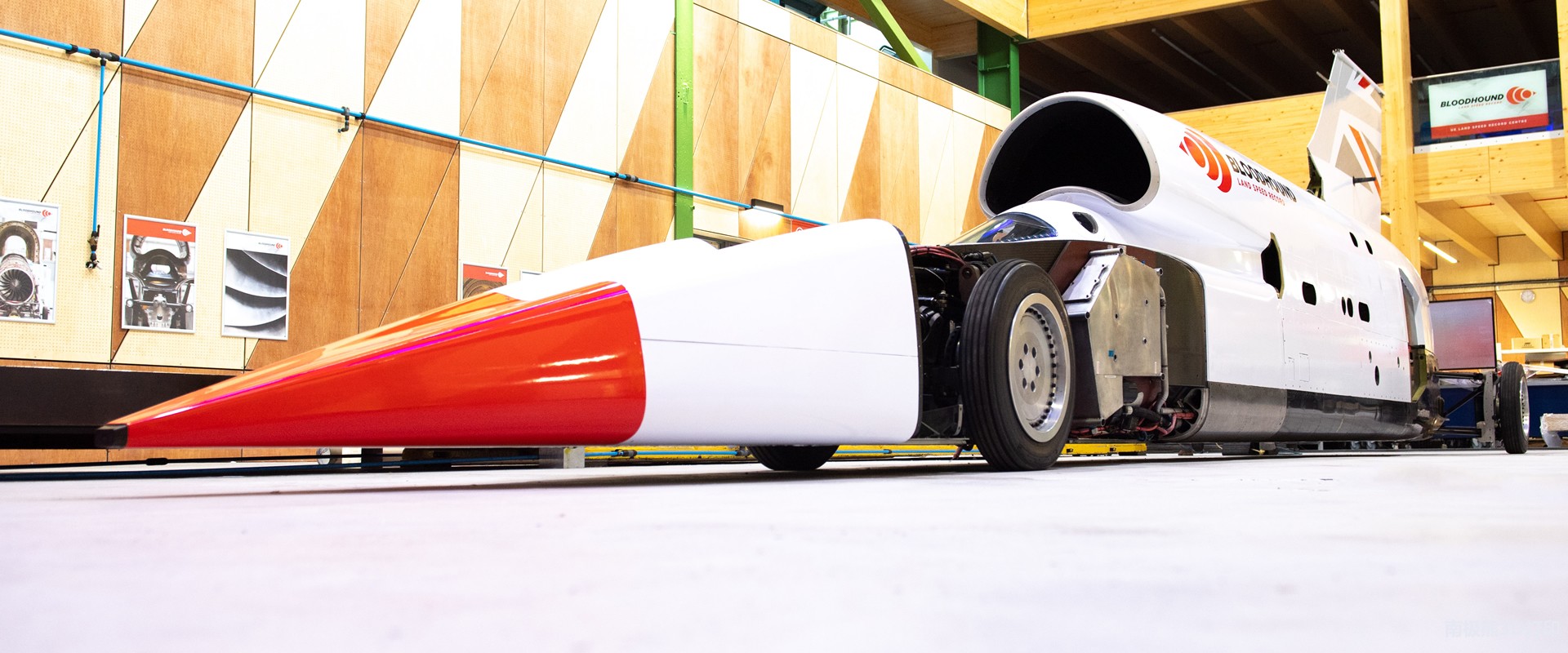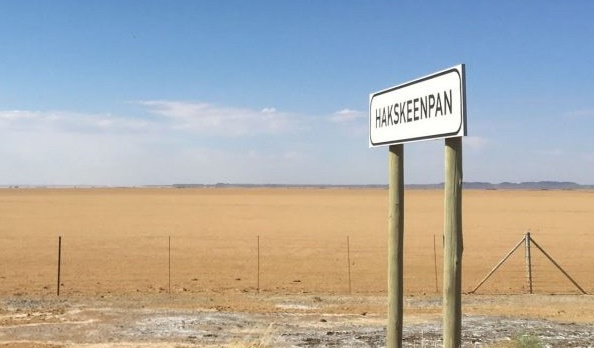Bloodhound LSR is a British supersonic land vehicle. It is understood that the vehicle will be tested on a custom racetrack in the Kalahari Desert in October 2019. The goal this time is to allow the car to reach 500 miles per hour (equivalent to 805 kilometers). /Hour), and the team’s ultimate goal is to reach 1,000 miles per hour.
It is reported that the car tested this time uses the British additive manufacturing expert Renishaw’s3D printingpart.

The project is called Bloodhound SSC. Ian Warhurst, a businessman from Barnsley, South Yorkshire, acquired the project in December 2018 and restarted it in March of this year. Warhurst said: “I am very pleased to announce that Bloodhound is heading to South Africa for these high-speed tests for the first time.”
“We will drive the car on a brand new track. The wheels have been specifically designed for this desert lake bed, but we will still test them at high speed before running at record-breaking speeds.”
The 500 mph speed test will be carried out in October this year. In October 2017, a vehicle test was conducted at Cornwall Airport Newquay. At that time, the Bloodhound could reach a speed of 200 mph.
As mentioned earlier, Renishaw provided Bloodhound with3D printingTitanium steering wheel, air brake door hinges and prototype nose tip to help the vehicle reach the goal of breaking the current land speed record (target speed is 763 mph).
Since the project was relaunched in March 2019, great attention has been paid to the logistics of deploying the fleet and cars to the Kalahari Desert and the specifications required for the conversion of cars from runway design to high-speed testing. Therefore, the team is committed to upgrading the vehicle’s springs and shock absorbers, as well as adding parachute braking systems, air pressure and load sensors, and fire detection and suppression systems. The Bloodhound record, which is expected to reach 1,000 miles per hour, will take place at the end of 2020.

pass through3D printingAccelerating into the digital age
It is said that the efforts of the Bloodhound LSR team are the first attempt to break the world land speed record in the “digital age”. The previous record was made in October 1997, however, with Bloodhound’s experiment in 2020, the team can use data captured from hundreds of sensors on the vehicle. This will be shared with engineers in real time, allowing them to observe the behavior of the car at an unprecedented speed.
Data collection and distribution will be tested in a 500 mph test in South Africa, allowing the team to prepare land speed records. “This world’s land speed recording activity is unique, and digital technology opens up opportunities to enable teams to use computational fluid dynamics (CFD) to test the design of cars, which will allow us to collect and share data about car performance in real time,” Warhurst Added.
(Editor in charge: admin)


0 Comments for “The supersonic land vehicle will challenge the world record of 805 km/h in October this year with the help of 3D printing”